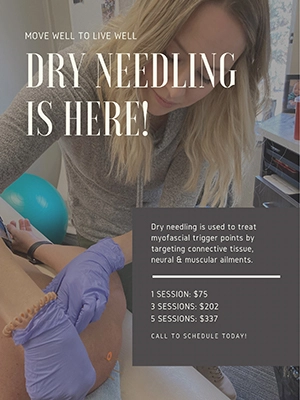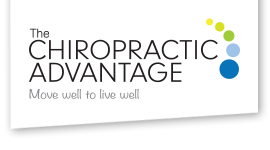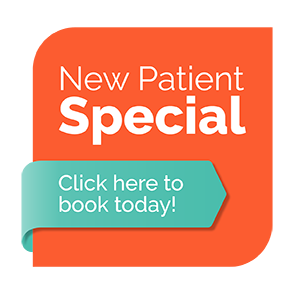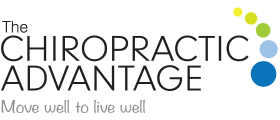Dry Needling
Dry needling in Appleton WI, Manitowoc WI, and Oconto WI is a treatment approach for those who suffer from pain and limitations caused by muscle tightness or tension, stubborn trigger points, or injury to soft tissues such as tendons and ligaments. It involves inserting a small needle into the muscle or tissue as a way to release tension and flood the affected area with healing properties.
What Can Dry Needling Help?
Our in-house therapist is certified in providing dry needling services to all areas of the body, from the face and head for migraines or TMJ issues, to the feet for plantar fasciitis, and everything in between.
If you're wanting more information on how dry needling works or are wondering how it might fit into your treatment plan, don't hesitate to call our office, ask your chiropractor for more information, or stop by our therapist's room and get your questions answered.

PRICING
- 1 session | $80
- 3 sessions | $207
- 5 sessions | $342
Dry Needling FAQs
The exact mechanisms of how dry needling works on a biological level are still being uncovered, but the general understanding is that as the needle is inserted into the tissue (muscle, ligament, or tendon), there are neurological, mechanical, and chemical changes that take place, releasing healing elements and properties into the area and breaking up tension. The ultimate goal is to resolve tightness and tension that is causing pain, mobility restriction, and strength deficits.
Dry needling and acupuncture require different advanced certifications and training. They both use the same style of needle but there are significant differences in the intent behind the treatment. In acupuncture, the goal is to relax the nervous system and body by altering the energetic relationship within the body systems through inserting needles at different areas, called "meridians". The needles often stay in the body for much longer periods than in dry needling. In dry needling, an assessment is done to determine the specific muscles and tissues that are tight or have trigger points and the needle is inserted to break that down; many different techniques are used to elicit a twitch response and/or enable the body to release healing properties to the area. In some areas, needles are left for several minutes, in others they are removed immediately after insertion.
The level of sensation varies depending on the area of the body that is being addressed. You may feel a small pinprick sensation as the needle enters, although there is often little awareness of this process. You may also feel a type of "ache" in the area as the needle is inserted and sits in your tissue. This is normal and good, meaning the needle is effectively doing its job. You may experience an increase in soreness within 1-3 days following treatment. This is also normal and shows positive signs for most patients. When focusing on releasing trigger points, a "twitch response" is often the goal, meaning your muscle may twitch involuntarily which can feel a bit like a spasm. The initial soreness typically lasts for 24-36 hours and most individuals experience a great deal of relief within the first three days after the treatment is completed.
Although dry needling is incredibly safe (studies show the risk for a serious adverse event is less than 0.1%), there are some individuals who we take extra caution with and ask that we get clearance from a medical doctor before providing the treatment. These include individuals with: clotting or bleeding disorders, diabetes, cancer, active infections, those on blood thinners, and women who are or may be pregnant. We can discuss your medical history prior to the first session if you have concerns.
This is a common question with no way to answer it directly. The number of dry needling sessions we recommend will be dependent on a variety of factors: how long you've been dealing with issues, other conditions or challenge areas, your lifestyle and work activities, your dedication to corrective exercises outside of treatment, and your stress levels all have an impact on how long the effects of dry needling will last. Rarely will one session with no additional treatment be the 100% "cure". Dry needling should be viewed as only a tool in the rehabilitation toolbox that, in combination with other approaches, will help you feel stronger, healthier, and better faster.
Absolutely. Dry needling can be an extremely effective treatment for decreasing swelling, bringing blood flow to the injured area, improving range of motion, and increasing strength of the tissues. It may be just what your body needs to help you recover more quickly with less restrictions.
Definitely. Longstanding issues are often a result of muscular imbalances that can create stubborn and tight muscles and tendons. Many individuals have "tried it all" (exercises, chiropractor, massage therapy, foam rolling, etc.) with good, but temporary, relief. In these cases, dry needling the source of the tightness can provide the relief needing to make all of these other treatments as effective as possible. We highly recommend utilizing all wellness resources as a way to maximize your outcomes from a truly well-rounded approach.




